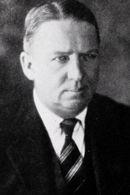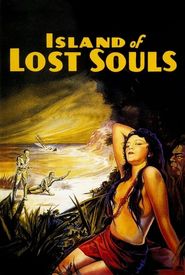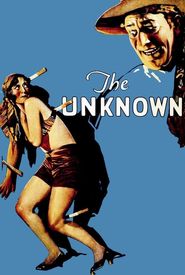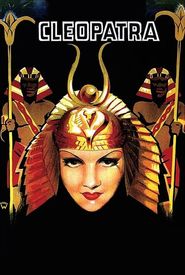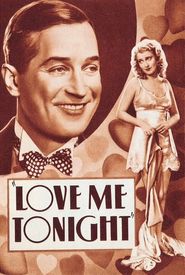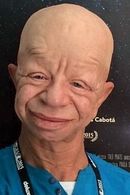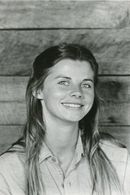American screenwriter, born of Mormon parentage, began his professional journey on the editorial staff of the Salt Lake Herald. He then pursued higher education at Stanford University, although he did not ultimately attain a degree. Prior to entering the film industry, Young held various writing roles, including story writer and drama editor, at the San Francisco Chronicle and San Francisco Examiner respectively. Following a stint as a publicist for prominent theatrical personalities, he embarked on his film career under contract to Universal from 1917 to 1919. Subsequently, he transitioned to Famous Players/Lasky, dividing his time between Hollywood and Paramount's Astoria studios in Long Island.
Throughout his illustrious career, Young penned several highly acclaimed screenplays for MGM between 1924 and 1929, as well as for Paramount between 1930 and 1936. Notable collaborations during this period included epic films directed by Cecil B. DeMille, such as The Sign of the Cross (1932) and Cleopatra (1934). Additionally, Young collaborated on several of Gary Cooper's most successful box-office hits, including The Lives of a Bengal Lancer (1935) and The Plainsman (1936).
